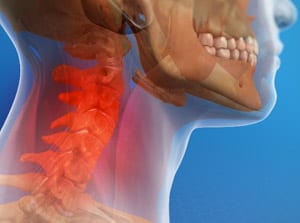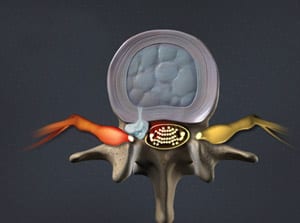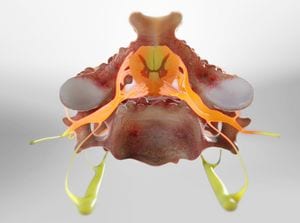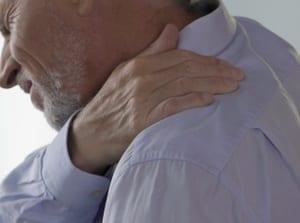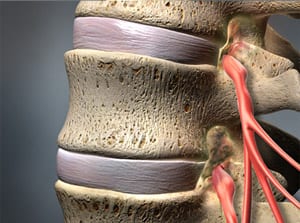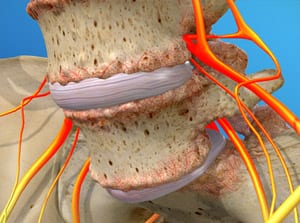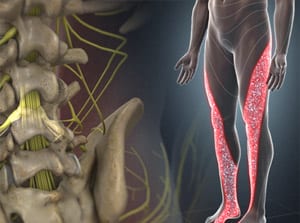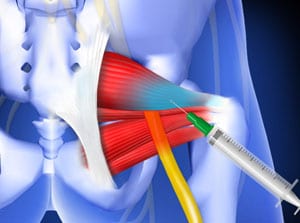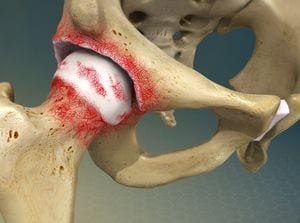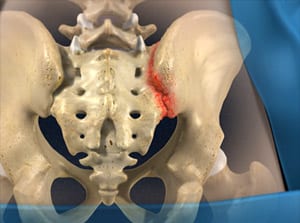What Hurts?
Identifying Back, Neck, and Joint Pain Causes
Back pain can be scary, but understanding the source of the pain can help set your mind at ease. We’ve compiled a list of possible causes for back, neck, and joint pain. As always, your physician will walk you through a diagnostic process of exam and imaging to determine what hurts in your spine and how to achieve pain relief.
Causes of Neck Pain
Neck pain (cervical spine) can seriously impact your daily life and can worsen over time. This condition, if untreated, can cause excessive wear and tear that may lead to arthritis and degeneration of spinal discs/vertebrae and further discomfort. This section outlines conditions that may determine what hurts in your neck.
Upper Back & Shoulder Pain
Also known as thoracic spine pain, upper back pain may occur on its own, or with lower (lumbar) and/or neck (cervical) regions of the spine. Herniated discs, compression fractures and postural disorders are the most common causes of upper back pain. This section outlines conditions that may determine what hurts in your upper back and shoulders.
Causes of Low Back (Lumbar Spine) Pain
This section outlines what hurts in your low back. Also known as lower back pain and lumbar spine pain, low back pain may occur on its own, or with upper (thoracic) and/or neck (cervical) regions of the spine. Pain originating in this part of the back can be scary, and can severely diminish your quality of life for days, weeks, or more. Herniated discs, compression fractures and postural disorders are the most common causes of lower back pain.
Tailbone Pain (Coccydynia)
Tailbone pain (coccydynia), also known as a bruised tailbone, is an inflammation, dislocation or fracture of the bottom tip of the tailbone, called the coccyx, which typically causes constant pain and tenderness in the buttocks area. The pain is acute and will generally feel worse when sitting or doing any activity that puts pressure on the tailbone.
The condition is more common in women than men and may be caused by an injury (like a fall), giving birth or sitting for a very long period of time. There have also been rare cases when an infection or tumor can caused this condition. In most cases, coccydynia spontaneously occurs.
Leg & Foot Pain
Leg/foot pain is often a sign of sciatica, but it is important to note that sciatic pain is a symptom rather than a diagnosis. It may occur when nerve root(s) at the lumbar spine are compressed or damaged causing pain, weakness, numbness or tingling in the low back or legs. Causes include herniated discs, degenerative disc disease, spinal stenosis, piriformis syndrome and spinal tumors. Sciatic pain may occur in as much as 40 percent of the population.
